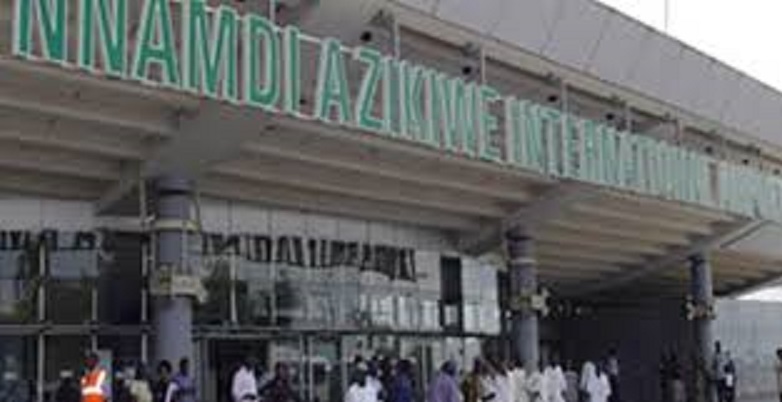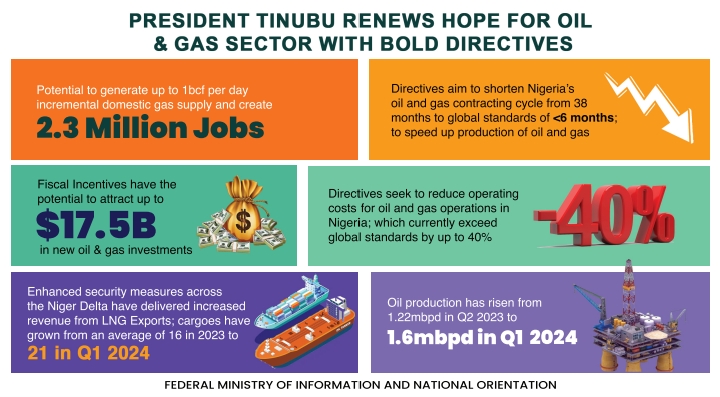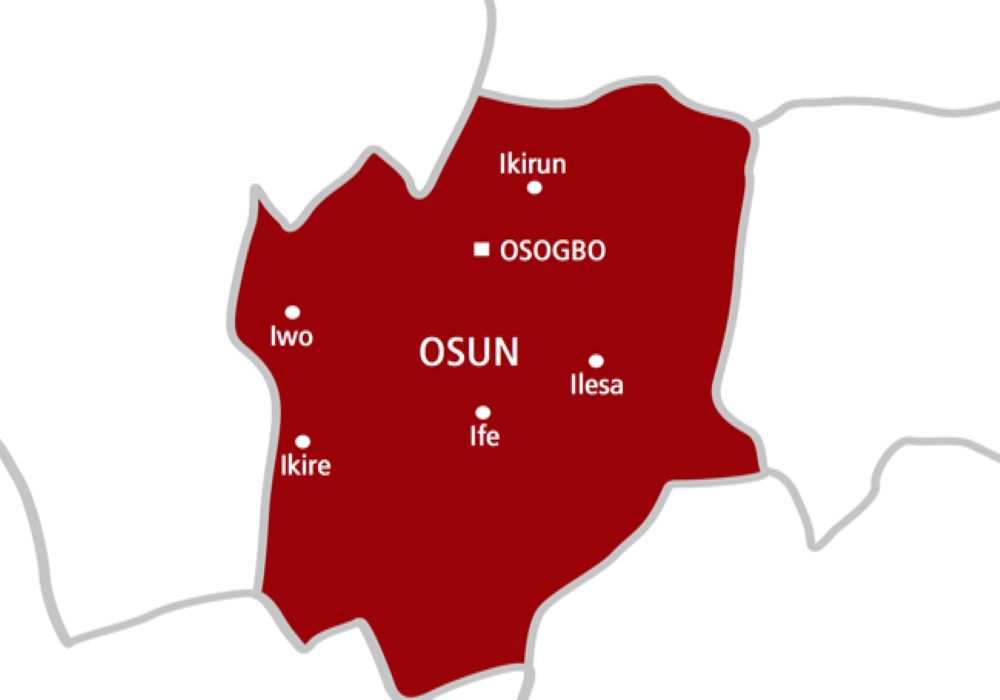Aviation
New signal indicate possible location of missing Malaysia Plane

SYDNEY– A new acoustic signal was detected in the hunt for Malaysia Airlines Flight MH370 on Thursday, further boosting confidence that officials are zeroing in on the missing plane after weeks of searching.
The signal, which could be from the plane’s black box recorders, brings to five the number of “pings” detected in recent days within the search area in the Indian Ocean.
The first four signals were detected by a U.S. Navy “Towed Pinger Locator” (TPL) aboard Australia’s Ocean Shield vessel, while the latest was reported by an aircraft picking up transmissions from a listening device buoy laid near the ship on Wednesday.
“Whilst conducting an acoustic search this afternoon a RAAF AP-3C Orion aircraft has detected a possible signal in the vicinity of the Australian Defence Vessel Ocean Shield,” Angus Houston, head of the Australian agency co-ordinating the search, said in a statement.
The data would require further analysis overnight but it showed the potential of being from a “man-made source”, he said.
The mystery of Malaysia Airlines Flight MH370, which disappeared more than a month ago, has sparked the most expensive search and rescue operation in aviation history, but concrete information has proven frustratingly illusive.
The black boxes record cockpit data and may provide answers about what happened to the plane, which was carrying 227 passengers and 12 crew when it vanished on March 8 and flew thousands of kilometres off its Kuala Lumpur-to-Beijing route.
But the batteries in the black boxes have already reached the end of their 30-day expected life, making efforts to swiftly locate them on the murky ocean floor all the more critical.
“We are still a long way to go, but things are more positive than they were some time ago,” Martin Dolan, chief commissioner of the Australian Transport Safety Board, which is involved in the search mission, told Reuters.
NARROWING THE SEARCH AREA
Up to 10 military aircraft, four civil aircraft and 13 ships are involved in the search effort that has proven fruitless in identifying any physical evidence of wreckage from the flight.
Efforts are now focused on two areas – a larger one for aircraft and ships about 2,240 km (1,392 miles) northwest of Perth and a smaller area about 600 km (373 miles) closer to that west Australian city.
The smaller zone is around where the Ocean Shield picked up the acoustic signals and where dozens of acoustic sonobuoys were dropped on Wednesday.
Each of the sonobuoys is equipped with a listening device called a hydrophone, which is dangled about 1,000 ft below the surface and is capable of transmitting data to search aircraft via radio signals.
“That does provide a lot of sensors in the vicinity of the Ocean Shield without having a ship there to produce the background noise,” said Australian Navy Commodore Peter Leavy, operational head of the Australian search.
But experts say the process of teasing out the signals from the cacophony of background noise in the sea is a slow and exhausting process. Operators must separate a ping lasting just 9.3 milliseconds – a tenth of the blink of a human eye – and repeated every 1.08 seconds from natural ocean sounds, as well as disturbances from search vessels.
An autonomous underwater vehicle named Bluefin-21 is also onboard the Ocean Shield, and it could be deployed to look for wreckage on the sea floor once the final search area has been positively identified.
As with so many things in this unprecedented search effort, experts say that will not be easy.
“Working near the bottom of the ocean is very challenging because this is uncharted territory; nobody has been down there before,” Erik van Sebille, an oceanographer at the University of New South Wales, told Reuters.
– REUTERS
Aviation
Accra Bound Aircraft Loses Engine Mid-Air After Departing NAIA, Abuja

An Abuja-Accra flight experienced technical difficulties mid-air on Friday, forcing it to return to Abuja, shortly after departure.
The Nigerian Safety Investigation Board (NSIB) made the disclosure in a statement, adding that it has launched investigation into what it described as a serious accident.
Director, Public Affairs and Family Assistance, NSIB, Bimbo Olawumi Oladeji stated that preliminary investigations revealed the aircraft experienced an engine number two indication issue.
ALSO READ: BREAKING: Kyari Oversees NNPC Ltd’s Transparent Recruitment Aptitude Test
It was gathered that the aircraft, with registration number 5NKAL which was operating a flight from the Nnamdi Azikiwe Airport, Abuja (DNAA), to Kotoka International Airport, Accra (DGAA).
She explained that four persons were onboard when the incident occurred. The crew immediately requested for a diversion back to Abuja due to the engine indication.
Oladeji added that the crew managed to safely land the aircraft at Abuja Airport at 18:16 UTC.
There were no injuries reported, and all individuals on board are safe.
Aviation
FG Secures 12 Pre-Owned Alpha Jets to Bolster Nigeria’s Air Power
Nigeria has acquired 12 pre-owned Alpha Jets from the French Air Force as part of efforts to enhance the operational capacity of the Nigerian Air Force (NAF).
The deal, facilitated through SOFEMA, a French military and aeronautics company, was announced by Olusegun Dada, Special Assistant to President Bola Tinubu on via X on Thursday.
He said, “All the 12 aircraft are ready for shipping.”
The Alpha Jet, a product of Franco-German collaboration, is a versatile military aircraft designed for light attack and advanced training missions.
READ MORE: JUST IN: FG Battles Against Seizure Of Presidential Jets In France
Equipped to carry bombs, rockets, and missiles, the aircraft also features a gun pod for close air support.
The NAF already operates 11 Alpha Jets, but this latest procurement signals a significant boost to its fleet.
Dada also confirmed that the Air Force is expecting 24 M-346FA light attack aircraft, ordered during the administration of former President Muhammadu Buhari.
The first batch of these Italian-made aircraft is expected to arrive early next year.
Air Chief Marshal Hasan Abubakar, the Chief of Air Staff, described the acquisitions as a testament to President Tinubu’s commitment to bolstering the armed forces.
“This renewal of our aircraft fleet reflects the government’s commitment to ensuring the safety and security of Nigerians,” Abubakar said.
The announcement comes on the heels of President Tinubu’s three-day state visit to France, where he met with French President Emmanuel Macron.
The visit, which took place from November 27 to November 30, highlighted deepening ties between the two nations.
To ensure the sustainability of its expanding fleet, the Air Force has proposed establishing a local maintenance hub.
Speaking in October, Abubakar noted that six units of the M-346FA aircraft were already in production, with the initial batch of three expected to be delivered in early 2025. The full fleet is projected to arrive by 2026.
“These developments underscore the importance of creating a domestic support system for the long-term upkeep of our aircraft,” Abubakar added.
Aviation
Festive Season: Aero Contractors Slashes Ticket Prices To N80,000
As the holiday season draws near, Aero Contractors has introduced a minimum ticket price of N80,000 for all local flights.
The move, which will last until January 2024, aims to ease the financial burden on Nigerians amid the high cost of living.
Ado Sanusi, Managing Director of Aero Contractors, made the announcement on Tuesday during a press briefing, describing the fare reduction as a gesture to help Nigerians celebrate Christmas and the New Year without the stress of steep ticket prices.
READ MORE: Bobrisky Defends Egungun of Lagos Amid Viral Video Scandal
Sanusi said, “We understand the economic hardship Nigerians are facing, especially with high ticket prices, and we know the holiday season is nearby.
“In the spirit of Christmas, Aero Contractors has introduced what we call pocket-friendly Christmas prices. These fares, starting at N80,000, will apply to all our destinations, allowing Nigerians to travel without excessive costs.”
As of Tuesday afternoon, an economy class ticket from Lagos to Abuja was priced at N99,643, while business class tickets were being sold for N189,167.
Sanusi further explained that the initiative was designed to make it easier for families to reunite during the holidays.
“This is a way for us, as an organization with a long history of serving Nigerians, to give back to our loyal customers. We want to make it possible for families to meet their loved ones during this festive season without worrying about exorbitant travel costs,” he added.













